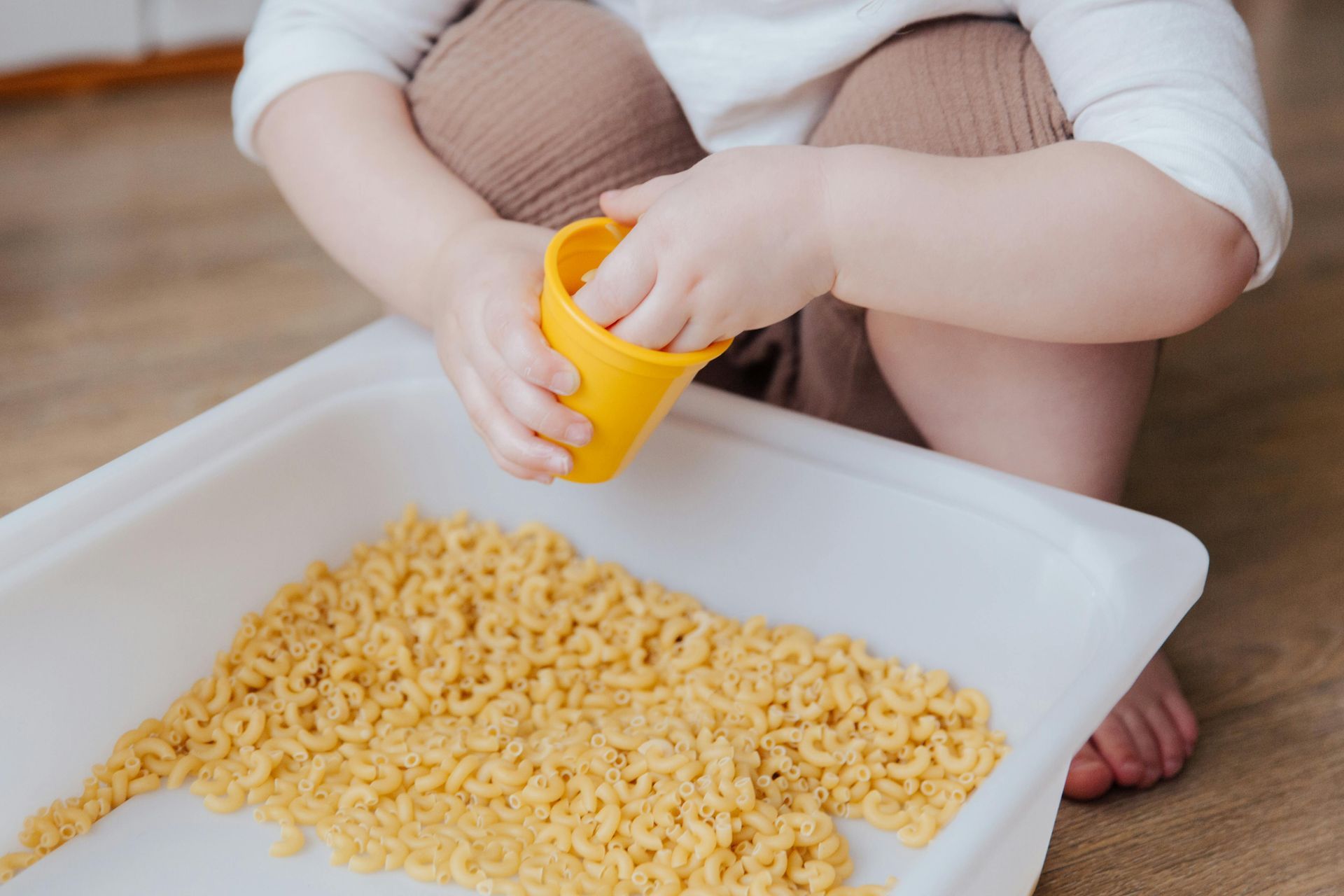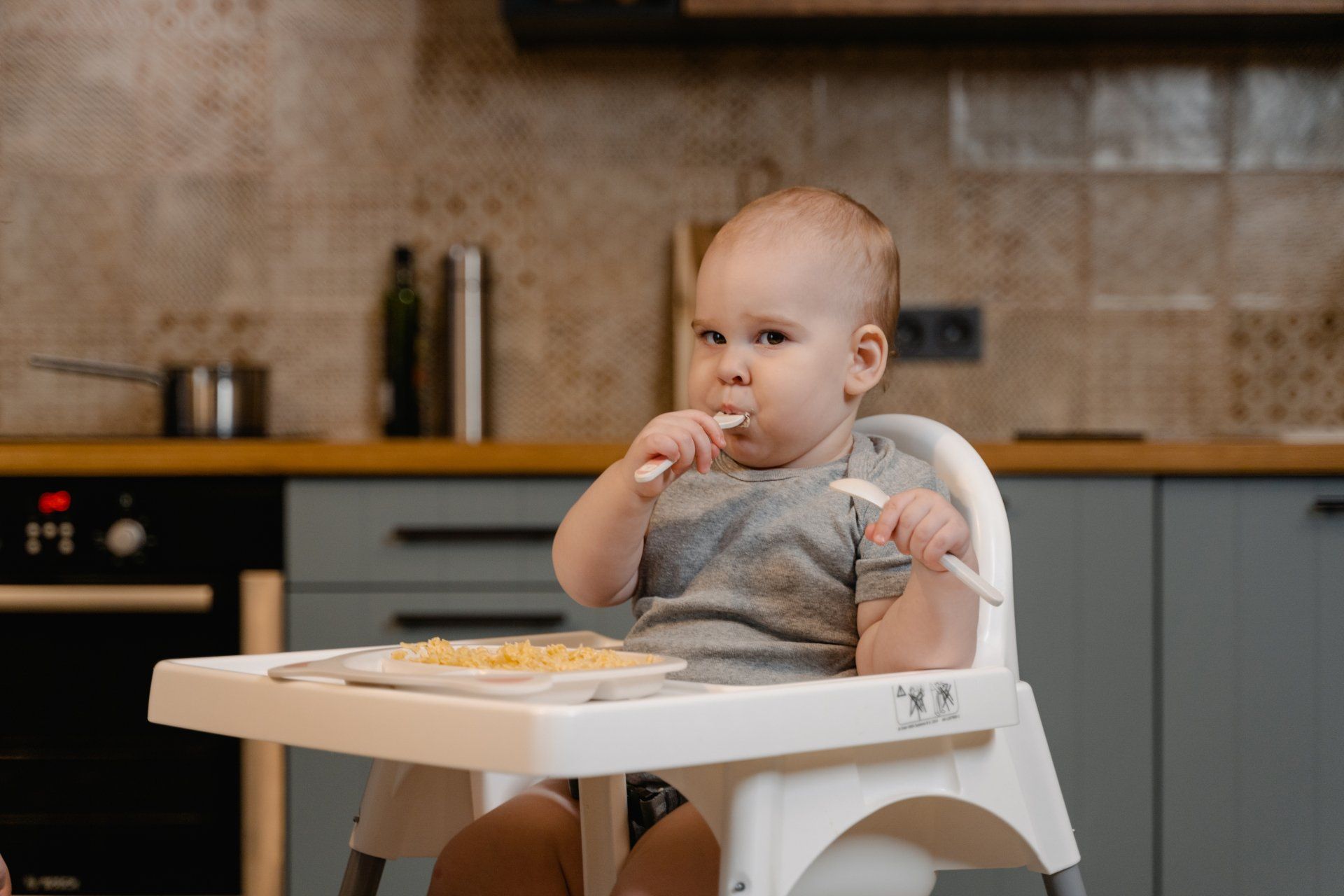How Anticipatory Anxiety Impacts Feeding in Children
Understanding and Helping Our Kids
Have you ever noticed your child getting anxious at mealtime, especially when new foods are on the table? That's anticipatory anxiety at work—a kind of anxiety that kicks in when kids worry about something that’s about to happen (American Psychological Association [APA], 2020). When it comes to feeding, this anxiety can turn mealtime into a stressful event for both the child and the parent. Let's chat about how this anxiety affects our kids' eating habits and what we can do to help them.
What Is Anticipatory Anxiety?
Anticipatory anxiety is pretty much what it sounds like: it’s the anxiety kids feel before something happens (APA, 2020). For many children, this can be the fear of trying new foods or even just the thought of sitting down to eat. This type of anxiety often builds up in their minds, making the upcoming task seem much more daunting than it actually is.
Interestingly, most of the time, after children engage in the task that made them nervous, it's as if nothing happened. They almost snap out of the anxiety, as if the tension evaporates once they face the feared activity. For example, a child might dread trying a new vegetable, feeling tense and worried before the meal. But once they take that first bite, they often realize it’s not as bad as they imagined. The fear quickly dissipates, and they might even enjoy the new food or, at the very least, tolerate it without the previous level of distress.
This sudden shift happens because anticipatory anxiety is largely driven by the unknown and the buildup of fear in their minds. When children finally confront the situation, reality often proves to be far less frightening than their imaginations led them to believe. This relief and the realization that they can handle the situation help break the cycle of anxiety, making it easier for them to approach similar tasks in the future. Understanding this pattern can help parents and caregivers encourage children to face their fears, knowing that the anxiety will likely diminish once they start engaging with the task.
How Does It Show Up During Mealtime?
When kids feel this kind of anxiety, it can manifest in several noticeable ways during mealtime, making the experience challenging for both the child and the family. Here are some common behaviors you might observe:
- Refusal to Eat: Some kids simply won't eat anything new, sticking to familiar "safe" foods. They might push the plate away, turn their heads, or flat-out refuse to take a bite. This can stem from a fear of the unknown or a previous negative experience with food (National Eating Disorders Association [NEDA], 2018).
- Selective Eating: This can mean your child only wants certain foods and rejects anything unfamiliar. They may only eat foods that are a specific color, texture, or taste, and any deviation from their preferred choices can lead to anxiety and refusal. This selectiveness often limits their diet to a very narrow range of foods (NEDA, 2018).
- Physical Symptoms: Anxiety can cause physical symptoms like tummy aches, nausea, or even headaches, which naturally makes them less interested in eating. These symptoms are real and can be distressing for the child, further reinforcing their reluctance to eat (APA, 2020).
- Emotional Outbursts: Meals can sometimes turn into a battle of wills, with tears and tantrums over trying new foods. The mere sight of an unfamiliar food can trigger a meltdown, making it hard for parents to remain calm and patient. These emotional outbursts can disrupt the entire meal and create a negative association with eating (NEDA, 2018).
- Slow Eating or Procrastination: Children with anticipatory anxiety might eat very slowly, taking tiny bites and chewing for a long time. This can be a way to delay the process of trying new foods or to avoid eating altogether (APA, 2020).
- Food Avoidance Behaviors: Some kids might try to avoid mealtime altogether. They might say they aren't hungry, try to leave the table frequently, or find excuses to not sit down for the meal. These behaviors are often an attempt to escape the anxiety associated with eating (NEDA, 2018).
- Hypervigilance: Children might scrutinize their food closely, picking at it or dissecting it before deciding if it’s safe to eat. This hyper-awareness can be a coping mechanism to manage their fear of the unknown (APA, 2020).
Understanding these behaviors is crucial for identifying anticipatory anxiety in children and addressing it effectively. Recognizing the signs can help parents and caregivers develop strategies to make mealtime a more positive and less stressful experience for everyone involved (APA, 2020).
Anticipatory anxiety can make feeding times tough, but there is help available. If your child is displaying signs of anxiety around eating, consider reaching out to a feeding specialist. These professionals can offer valuable guidance and support, providing tailored strategies to help your child develop a healthier relationship with food. Feeding therapy can be a powerful tool in addressing these issues, helping your child feel more comfortable and confident at mealtime. Don't hesitate to seek professional advice to ensure your child’s well-being and to transform mealtimes into a positive experience
References:
American Psychological Association. (2020). Anxiety and Related Disorders. Retrieved from https://www.apa.org/topics/anxiety
National Eating Disorders Association. (2018). ARFID: Avoidant/Restrictive Food Intake Disorder. Retrieved from https://www.nationaleatingdisorders.org/learn/by-eating-disorder/arfid












